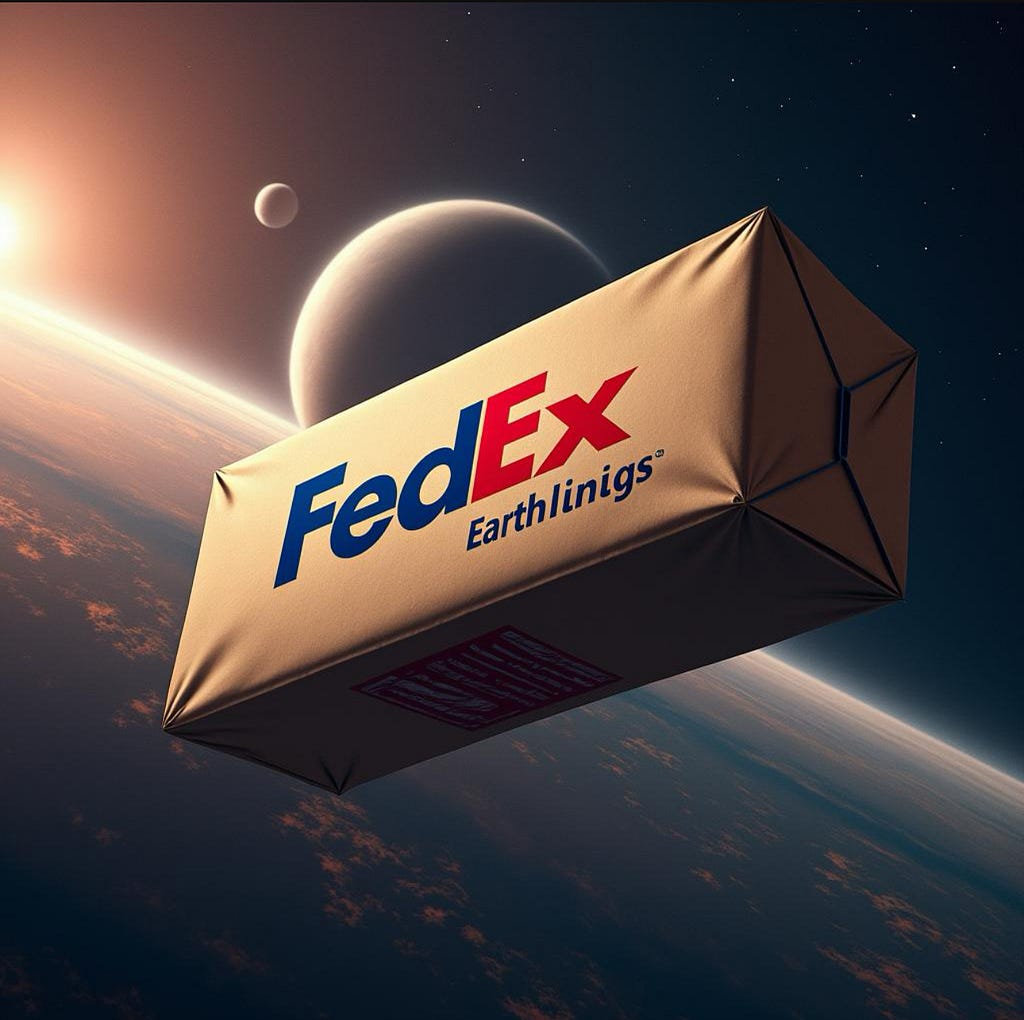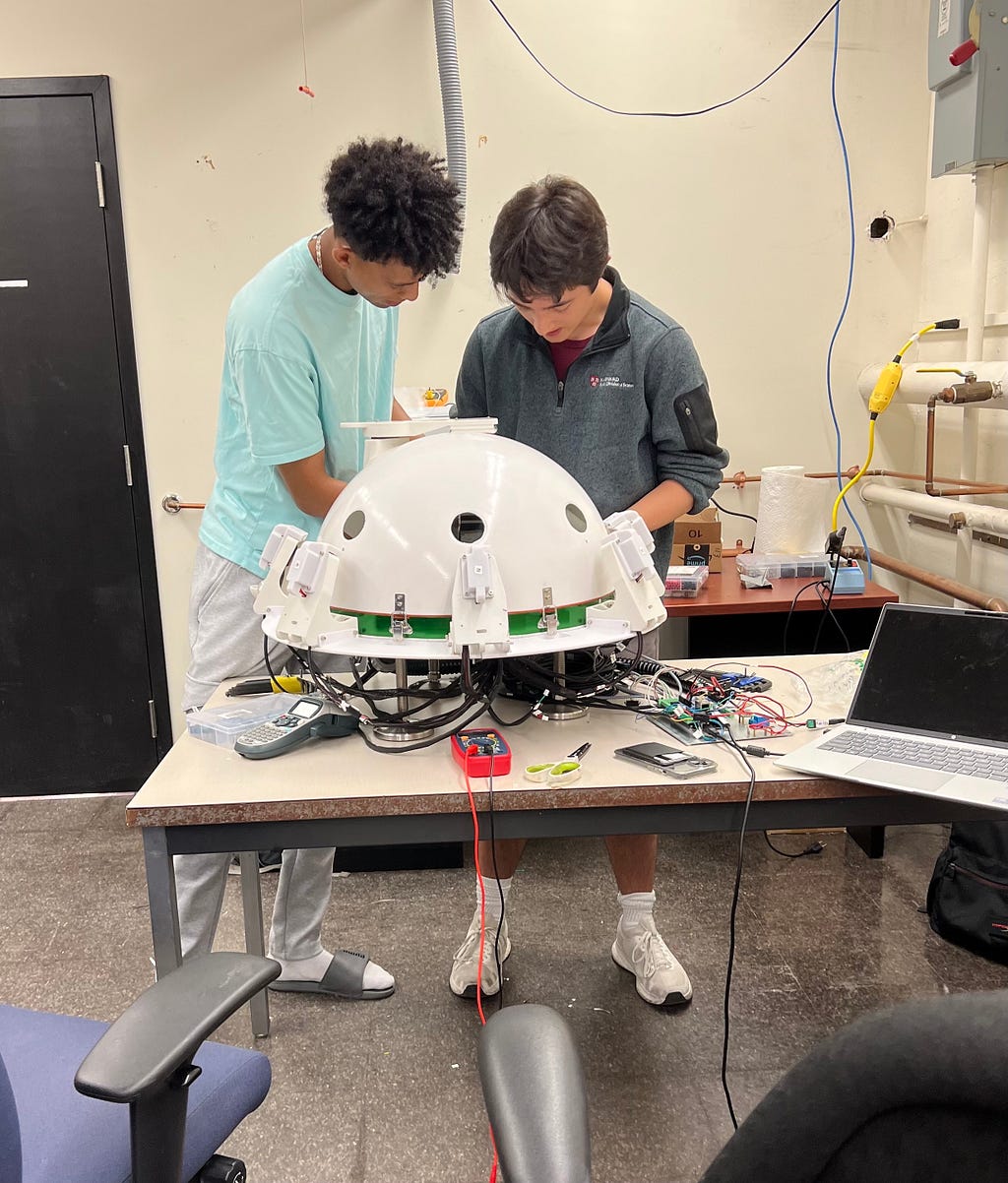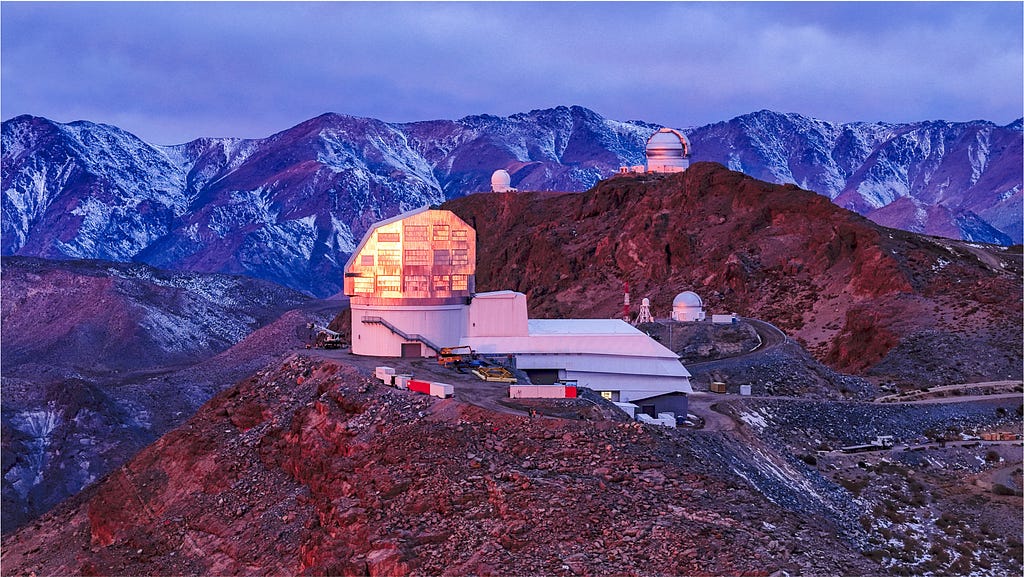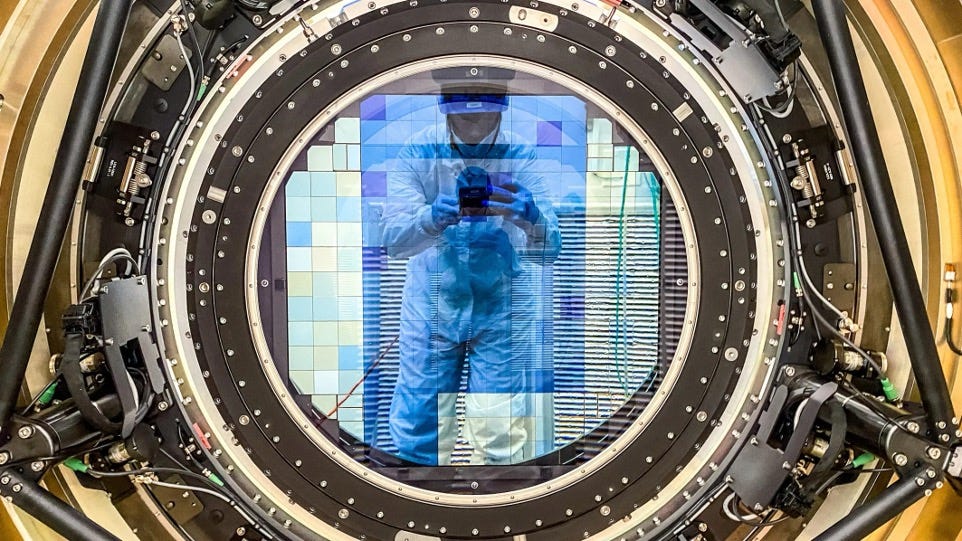
The Search for Extraterrestrial Intelligence (SETI) has a long history. A year after the idea was proposed in the 1959 Nature paper by Guiseppe Cocconi and Phil Morrison, Frank Drake initiated Project Ozma at the 85-foot Tatel Radio Telescope in Greenbank. Since then, the SETI community has been waiting for the phone to ring for 65 years. This raises the question: why don’t we check our mailbox?
The Galileo Project is searching for technological objects near Earth that might have been manufactured by extraterrestrial civilizations.
In 2023, I led an expedition to the Pacific Ocean in search for the materials in the wreckage of an interstellar meteor, IM1, which originated outside the Solar system. The Galileo Project research team is currently analyzing the isotopic composition of the meteoritic material that was retrieved from the ocean floor. Using the laboratory tools developed in this context, we also examine outliers in meteorite collections which might be of interstellar origin. We study the objects that arrived at Earth from other stars to check whether there is any “interstellar FedEx package” among them.
Another branch of the Galileo Project searches for Unidentified Aerial Phenomena (UAP) near Earth. Our new Galileo observatories collect data on millions of objects across the entire sky at different geographical locations, and our artificial intelligence software seeks outliers which deviate from the performance envelopes of familiar objects, like birds, drones, balloons, airplanes and satellites. In a recent detailed paper, the Galileo research team described the architecture of the related Galileo observatories.
The Galileo team members are currently building and commissioning a network of calibrated multi-sensor observatory-class systems, and developing novel machine learning methods with the aim of collecting science-quality data to determine whether there are, in or near Earth’s atmosphere, measurable phenomena which can be confidently classified as scientific anomalies. Each system includes wide field optical sensors in the infrared, visible, and ultraviolet; acoustic; radio spectrum; magnetic field strength; charged particle count; and environmental sensors. The Galileo Project aims to conduct an exhaustive, long-term, multi-modal aerial census at multiple locations, cataloguing known natural or human-made aerial objects. The research will generate testable, data-driven hypotheses to characterize any novel class discovered during this census, or else derive upper bounds for the occurrence rate of such anomalies at a given location.
This week, the Galileo research team is particularly excited to complete the first among three arrays of all-sky cameras for a new observatory in Nevada. In the coming weeks, we plan to employ these three observing units to monitor the full sky in both the infrared and visible bands. The three units will be separated by about 10 kilometers from each other, allowing triangulation as a method for determining the distance, velocity and acceleration of each object in the sky.
We benefit from the help of six summer students who are very excited to assemble and test the components of the new Galileo observatory. Mentoring these students offers a unique opportunity for communicating the excitement of experimental research to fledgling scientists.

The third branch of the Galileo Project involves the analysis of new data that will come soon from the Vera C. Rubin Observatory in Chile, funded by NSF and DOE. The observatory employs the world’s largest digital camera with 3.2 gigapixels to survey the southern sky every four nights. On June 23, 2025, at 11AM EDT the Rubin Observatory team will unveil their first spectacular images. Links to the event live stream will be made available on rubinobservatory.org. In the coming years, the Galileo research team plans to search for interstellar objects, like `Oumuamua, as well as UAP closer to Earth, in the unprecedented data stream from the Rubin Observatory.


Altogether, the year 2025 promises to be rich in opportunities to search our mailbox for interstellar objects that may have been shipped long ago by cosmic neighbors.
ABOUT THE AUTHOR

Avi Loeb is the head of the Galileo Project, founding director of Harvard University’s — Black Hole Initiative, director of the Institute for Theory and Computation at the Harvard-Smithsonian Center for Astrophysics, and the former chair of the astronomy department at Harvard University (2011–2020). He is a former member of the President’s Council of Advisors on Science and Technology and a former chair of the Board on Physics and Astronomy of the National Academies. He is the bestselling author of “Extraterrestrial: The First Sign of Intelligent Life Beyond Earth” and a co-author of the textbook “Life in the Cosmos”, both published in 2021. The paperback edition of his new book, titled “Interstellar”, was published in August 2024.